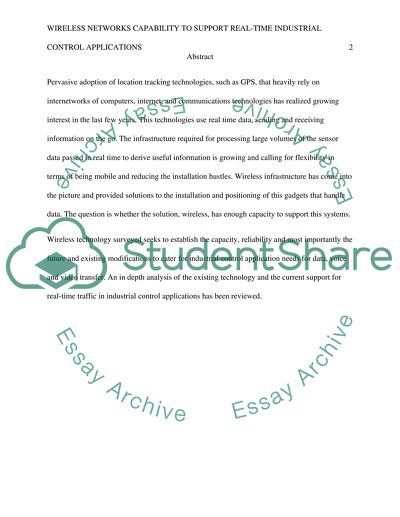Cite this document
(“Networks and Real-Time Traffic for Industrial Control Applications Essay”, n.d.)
Retrieved de https://studentshare.org/information-technology/1392191-are-wireless-networks-good-enough-to-support-real
Retrieved de https://studentshare.org/information-technology/1392191-are-wireless-networks-good-enough-to-support-real
(Networks and Real-Time Traffic for Industrial Control Applications Essay)
https://studentshare.org/information-technology/1392191-are-wireless-networks-good-enough-to-support-real.
https://studentshare.org/information-technology/1392191-are-wireless-networks-good-enough-to-support-real.
“Networks and Real-Time Traffic for Industrial Control Applications Essay”, n.d. https://studentshare.org/information-technology/1392191-are-wireless-networks-good-enough-to-support-real.


